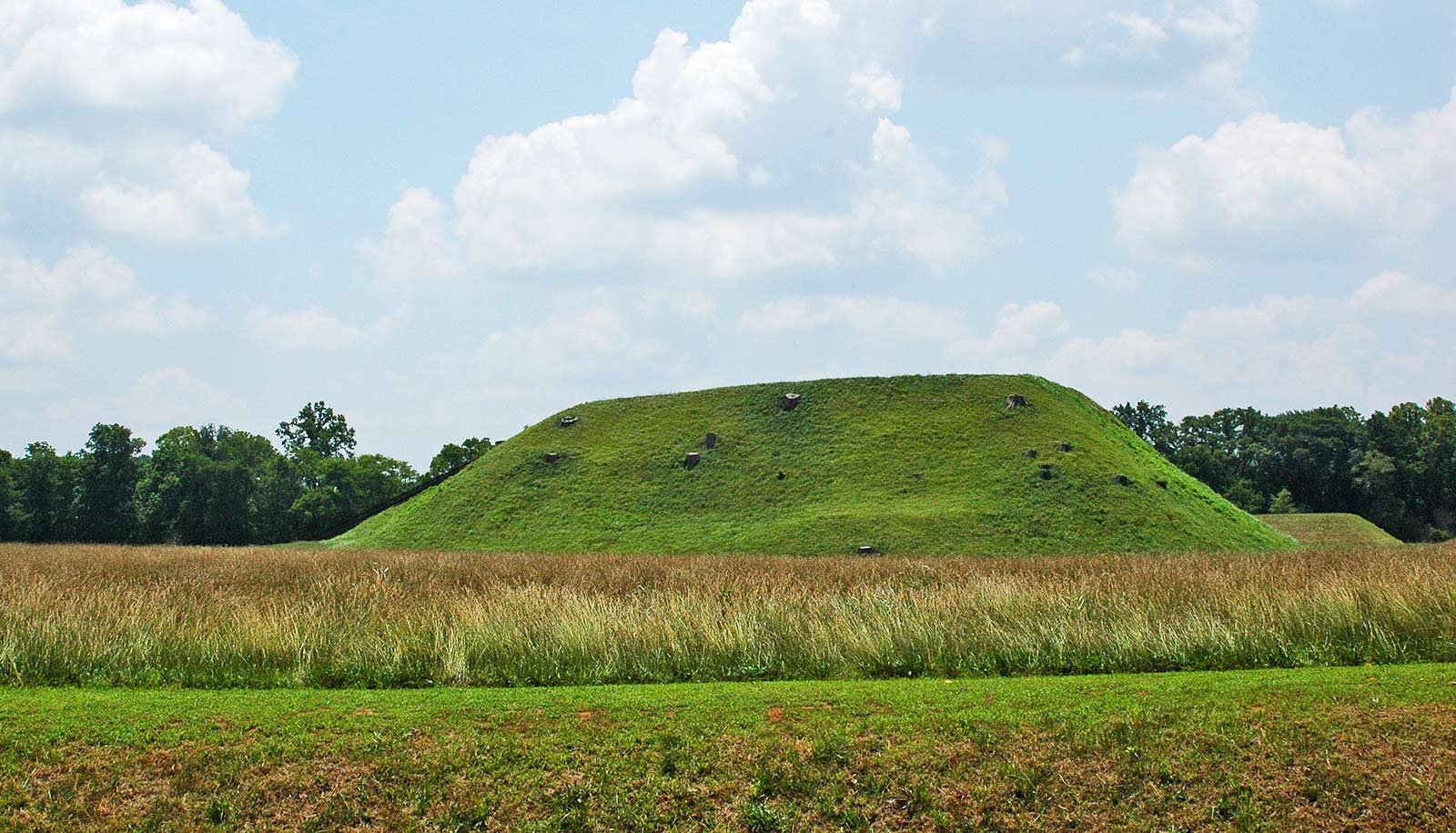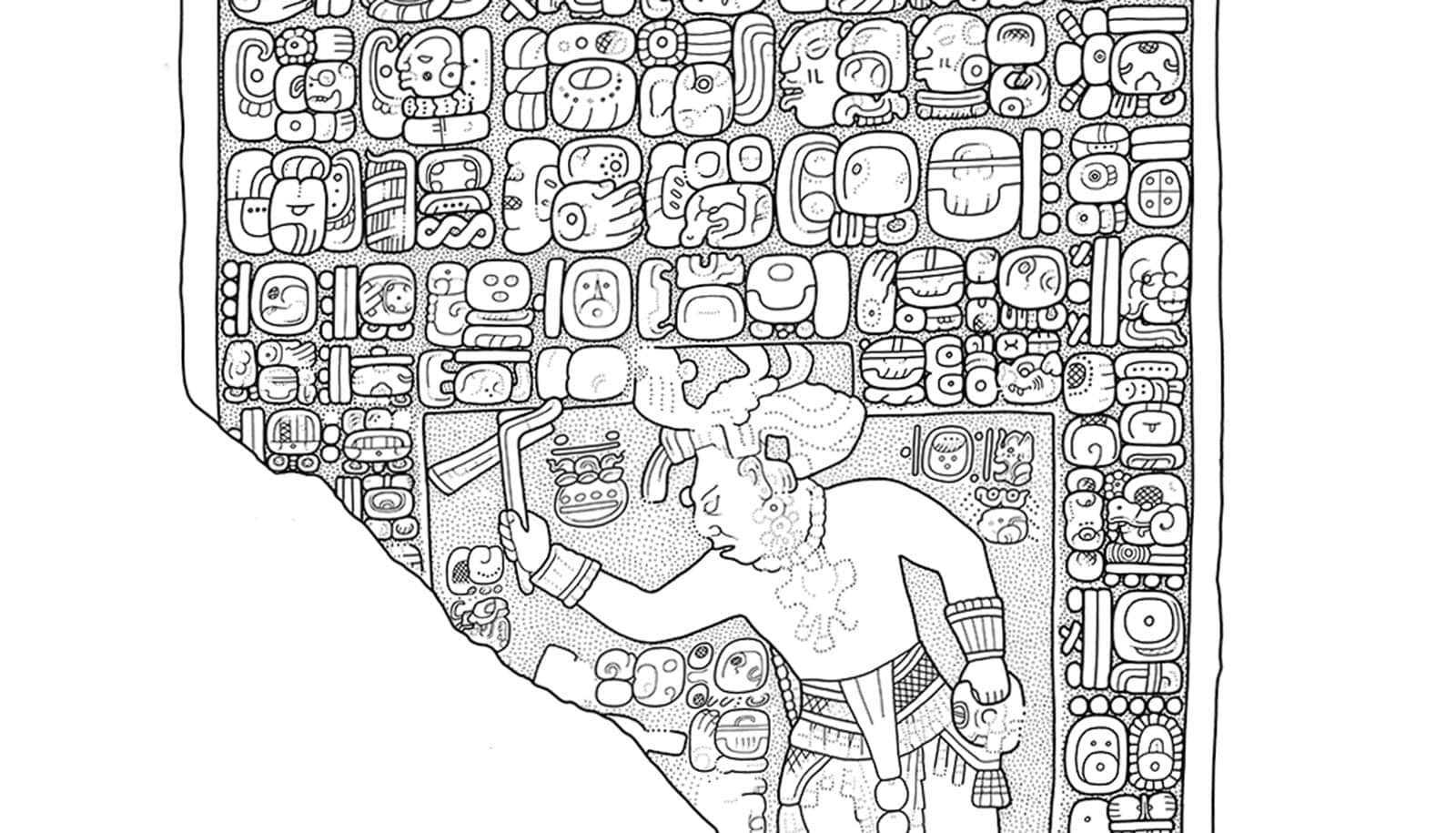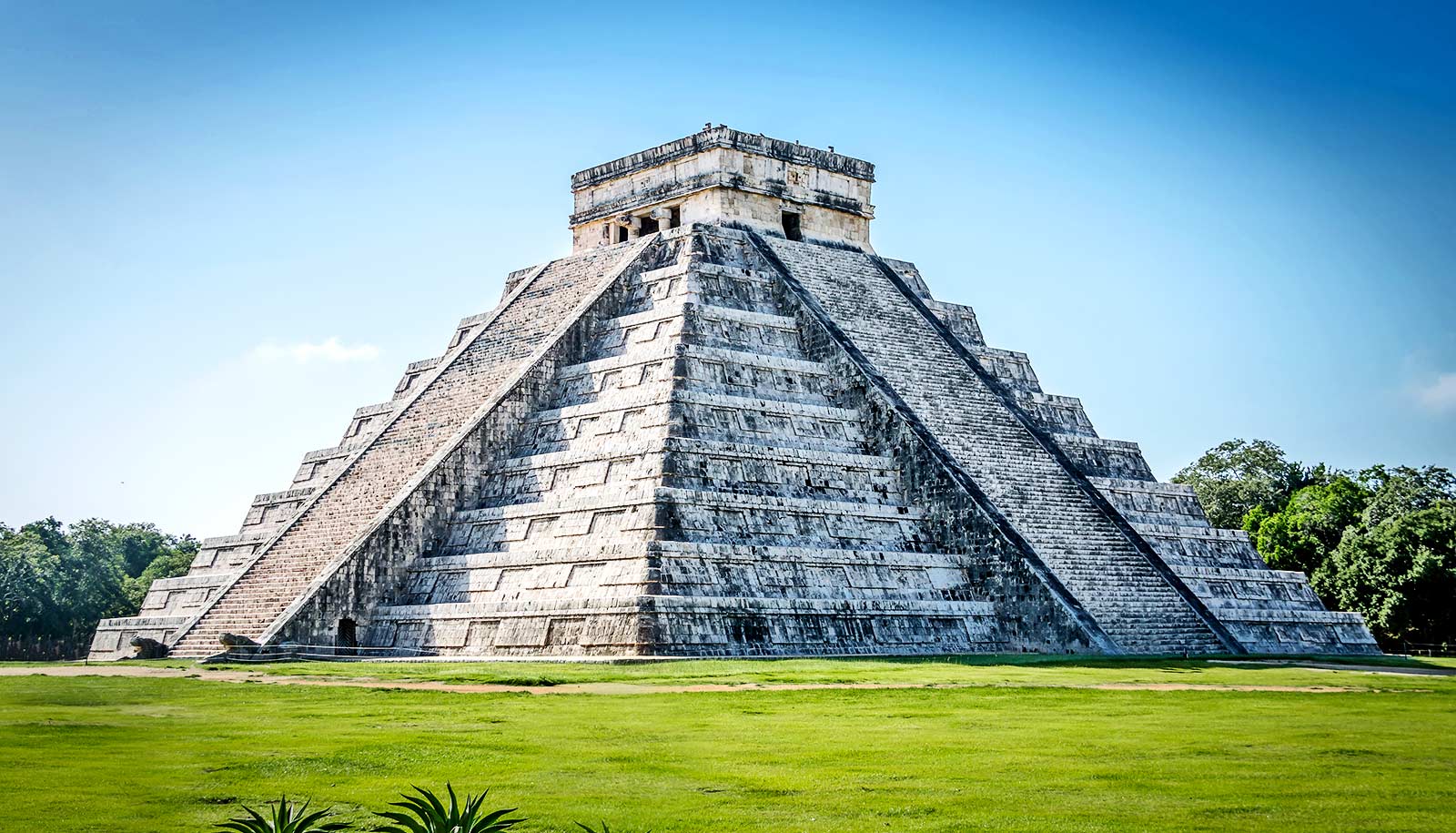Physical evidence contradicts a theory that people fled the pre-Columbian Native American city of Cahokia due to a self-imposed environmental mistake.
Whatever ultimately caused inhabitants to abandon Cahokia, it wasn’t because they cut down too many trees, according to the research.
Archaeologists excavated around earthen mounds and analyzed sediment cores to test a persistent theory about the collapse of Cahokia, which was in what’s now southwestern Illinois. The city was once home to more than 15,000 people.
One oft-repeated theory is tied to resource exploitation: specifically, that Native Americans from densely populated Cahokia deforested the area, an environmental misstep that could have resulted in erosion and localized flooding.
But such musings about self-inflicted disaster are outdated—and lack support from physical evidence of flooding issues, say the researchers.
“There’s a really common narrative about land use practices that lead to erosion and sedimentation and contribute to all of these environmental consequences,” says Caitlin Rankin, an assistant research scientist at the University of Illinois at Urbana-Champaign who conducted this work as part of her graduate studies at Washington University in St. Louis.
“When we actually revisit this, we’re not seeing evidence of the flooding,” Rankin says.
“The notion of looming ecocide is embedded in a lot of thinking about current and future environmental trajectories,” says Tristram R. “T.R.” Kidder, anthropology professor at Washington University. “With a growing population and more mouths to feed, overconsumption of all resources is a real risk.
“Inevitably, people turn to the past for models of what has happened. If we are to understand what caused changes at sites like Cahokia, and if we are to use these as models for understanding current possibilities, we need to do the hard slogging that critically evaluates different ideas,” adds Kidder, who leads an ongoing archaeological research program at the Cahokia Mounds State Historic Site. “Such work allows us to sift through possibilities so we can aim for those variables that do help us to explain what happened in the past—and explore if this has a lesson to tell us about the future.”
Writing in the journal Geoarchaeology, Rankin and colleagues at Bryn Mawr University and Northern Illinois University describe their recent excavations around a Mississippian Period (1050–1400 CE) earthen mound in the Cahokia Creek floodplain.
Their new archaeological work shows that the ground surface on which the mound was constructed remained stable until industrial development.
The presence of a stable ground surface from Mississippian occupation to the mid-1800s does not support the expectations of the so-called “wood-overuse” hypothesis, the researchers say.
This hypothesis, first proposed in 1993, suggests that tree clearance in the uplands surrounding Cahokia led to erosion, causing increasingly frequent and unpredictable floods of the local creek drainages in the floodplain where Cahokia was constructed.
Rankin notes that archaeologists have broadly applied narratives of ecocide—the idea that societies fail because people overuse or irrevocably damage the natural resources that their people rely on—to help to explain the collapse of past civilizations around the world.
Although many researchers have moved beyond classic narratives of ecocide popular in the 1990s and early 2000s, Cahokia is one major archaeological site where untested hypotheses have persisted.
“We need to be careful about the assumptions that we build into these narratives,” Rankin says.
“In this case, there was evidence of heavy wood use,” she says. “But that doesn’t factor in the fact that people can reuse materials—much as you might recycle. We should not automatically assume that deforestation was happening, or that deforestation caused this event.”
Kidder says: “This research demonstrates conclusively that the over-exploitation hypothesis simply isn’t tenable. This conclusion is important because the hypothesis at Cahokia—and elsewhere—is sensible on its face. The people who constructed this remarkable site had an effect on their environment. We know they cut down tens of thousands of trees to make the palisades—and this isn’t a wild estimate, because we can count the number of trees used to build and re-build this feature. Wood depletion could have been an issue.”
Area forests might have been depleted, but even if they were, that didn’t cause local flooding.
“The hypothesis came to be accepted as truth without any testing,” Kidder says. “Caitlin’s study is important because she did the hard work—and I do mean hard, and I do mean work—to test the hypothesis, and in doing so has falsified the claim. I’d argue that this is the exciting part; it’s basic and fundamental science. By eliminating this possibility, it moves us toward other explanations and requires we pursue other avenues of research.”
Partial funding for the work came from the National Science Foundation and the National Geographic Society.



